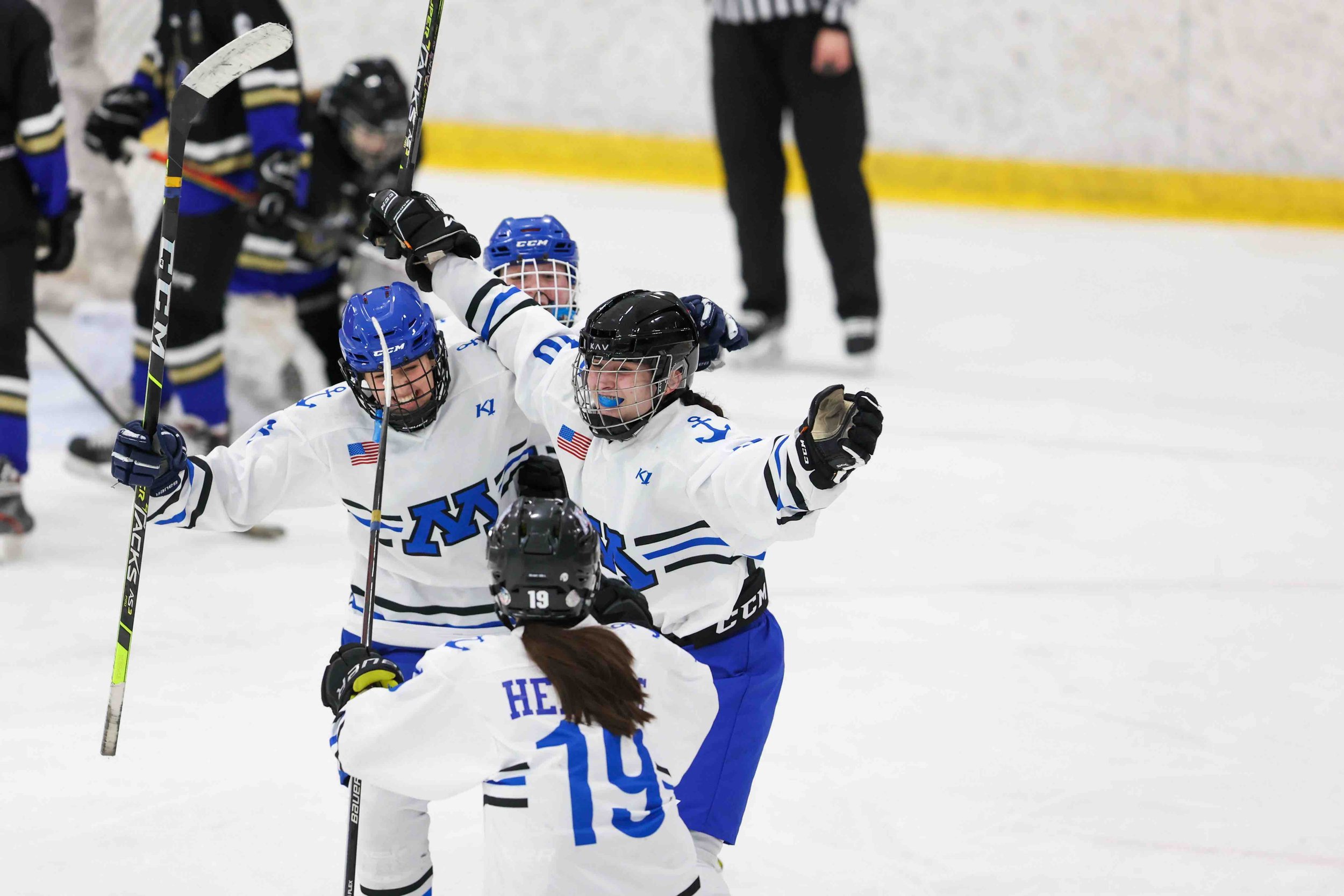Leaving a Legacy: How Rinks and Rec Facilities Help Communities Thrive
As a Minnesota hockey dad, I spent countless hours in my local ice arena, as well as traveling to many community rinks. My son grew up playing hockey as both a skater and a goalie. For me, the rink was a place I could enjoy watching him play and connect with other hockey families and community members.
What I’ve learned as an architect with more than 30 years of experience creating recreational facilities is that these buildings are more than just a sheet of ice. They become a centerpiece of the community, leaving a lasting legacy for the people they serve.
Serving communities
At their core, rinks offer a place for growth. Think of any NHL player or professional figure skater—all of them began their career at a local arena. Rinks provide a space for kids to not only learn how to skate or learn new skills, but how to be a good teammate, and how to battle through adversity. These are real-life skills that kids can take with them as they grow up, begin a career and start a family. Lifelong memories made at the rink can ultimately help shape kids into quality people. As a parent, I have wonderful memories watching my son play hockey, develop friendships and grow up at the rink.
Promoting health and wellness
While these facilities have a significant impact on youth, they also offer a variety of different features for people of all ages. I remember many times dropping my son off at hockey practice and using the workout rooms and equipment at the arena. From basketball and pickleball courts to weight rooms and exercise classes, multi-purpose facilities are able to reach all demographics, providing an easy and accessible way to help people stay active and connected.
Boosting the local economy
No matter the season, these buildings stay open and offer a space to host events and gatherings. Craft fairs, car shows and community garage sales are often hosted at recreational facilities, and allow local vendors to gain exposure and reach new business. These buildings can also offer space for film showings, card tournaments, art classes and other local events that bring people together. They can even serve as polling places during election season.
Representing communities
Many clients I have spoken with over the years have reiterated that ice rinks and other recreational facilities represent more than just buildings. They are a source of pride for the community, and serve to reflect the culture and history of the people. For example, think of Mariucci Arena at the University of Minnesota or Herb Brooks National Hockey Center in St. Cloud. These rinks are named after someone who had a significant impact on the community, and offer a place for people to reflect on their legacy.
At HTG, we’re passionate about understanding your community, capturing your vision and helping you leave a lasting legacy for future generations.

